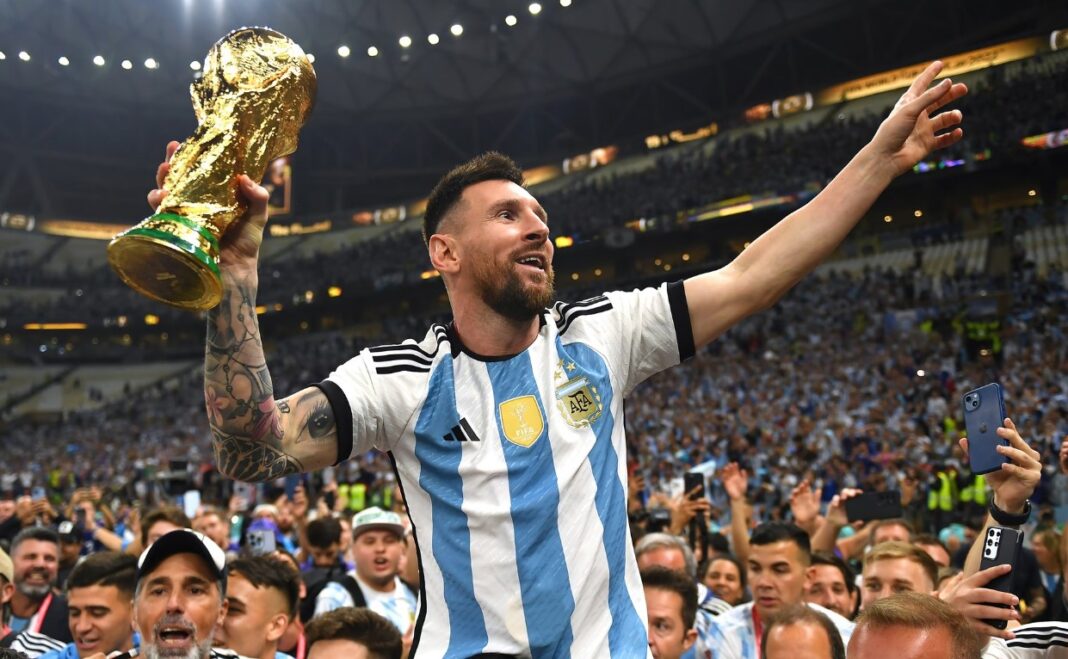Most people have probably noticed that the whole world is freaking out after the United States’ tariffs to the whole world.
There are three organizing countries, Mexico, Canada and the United States, where even before “Liberation Day” there was not exactly a good climate of cooperation.
Read: Ryan Reynolds and Rob McElhenney throw themselves into the race for former Manchester United player that Ole Gunnar Solskjaer also wants
The consequences of the tariff walls increase doubts as to whether the World Cup can actually be held. – Such an event is enormously expensive and completely dependent on sponsors, sponsors who are now considering withdrawing.
The World Cup is budgeted to cost $435 million, after the new tariffs and the price hike that follows, it will rise by at least $100 million more, while sponsors will have less reason to spend money.
The next World Cup will be held in the United States, Mexico and Canada, and will be the first in history to be organized by three countries. After the much-talked-about Club World Cup this summer, the United States will host the first-ever 48-team World Cup, with 11 different stadiums – including MetLife Stadium, which will host the final on July 19.
But problems have emerged in connection with the upcoming World Cup due to President Trump’s decision on tariffs for US trading partners.
Tariffs are effectively taxes on goods and materials imported from a country, and after Trump announced 25% tariffs on neighboring Canada and Mexico on April 2 – a day he called “Liberation Day”, he revealed additional tariffs in the form of an overview.
Read on English clubs: Who are the highest paid managers in the Premier League?
The United States is the world’s largest importer of goods. Trump has found a Fisher Price calculator (which is also much more expensive) and found that the trade balance, divided by export volume = tariffs. Which is complete nonsense. But that’s what you can use as an argument.
Countries such as the UK and Australia will be hit by a general tariff of 10%, Norway will get 15% and the EU will get 20% while 60 countries will now get additional reciprocal tariffs – including China (34%), Vietnam (46%) and India (26%), according to Sky News.
It is good to remind that it is the USA’s importers and consumers who pay, not us. – We get paid the same for the salmon we send to the USA, Americans can only afford to eat a little less.
But this can cause problems ahead of the World Cup, which is usually a key opportunity for brands from different industries on a global basis. Some can now reassess whether they are getting sufficient value.
“I suspect that some sponsors are now reconsidering how to ‘activate’ such agreements in the United States, given the trade barriers that are now in place,” John Zerafa, a sporting events strategist, told the BBC.
“Why would a sponsor spend millions of pounds on it if it is now becoming difficult to sell in America?”
Adidas, Hyundai-Kia, Aramco, Lenovo and Qatar Airways are among the major global partners hardest hit.
Trump has created a World Cup task force that he will chair, with many other members of his administration also involved.
In a statement on the White House website, Trump said that the World Cup “provides an opportunity to showcase the nation’s pride and hospitality, while promoting economic growth and tourism through sports.”













